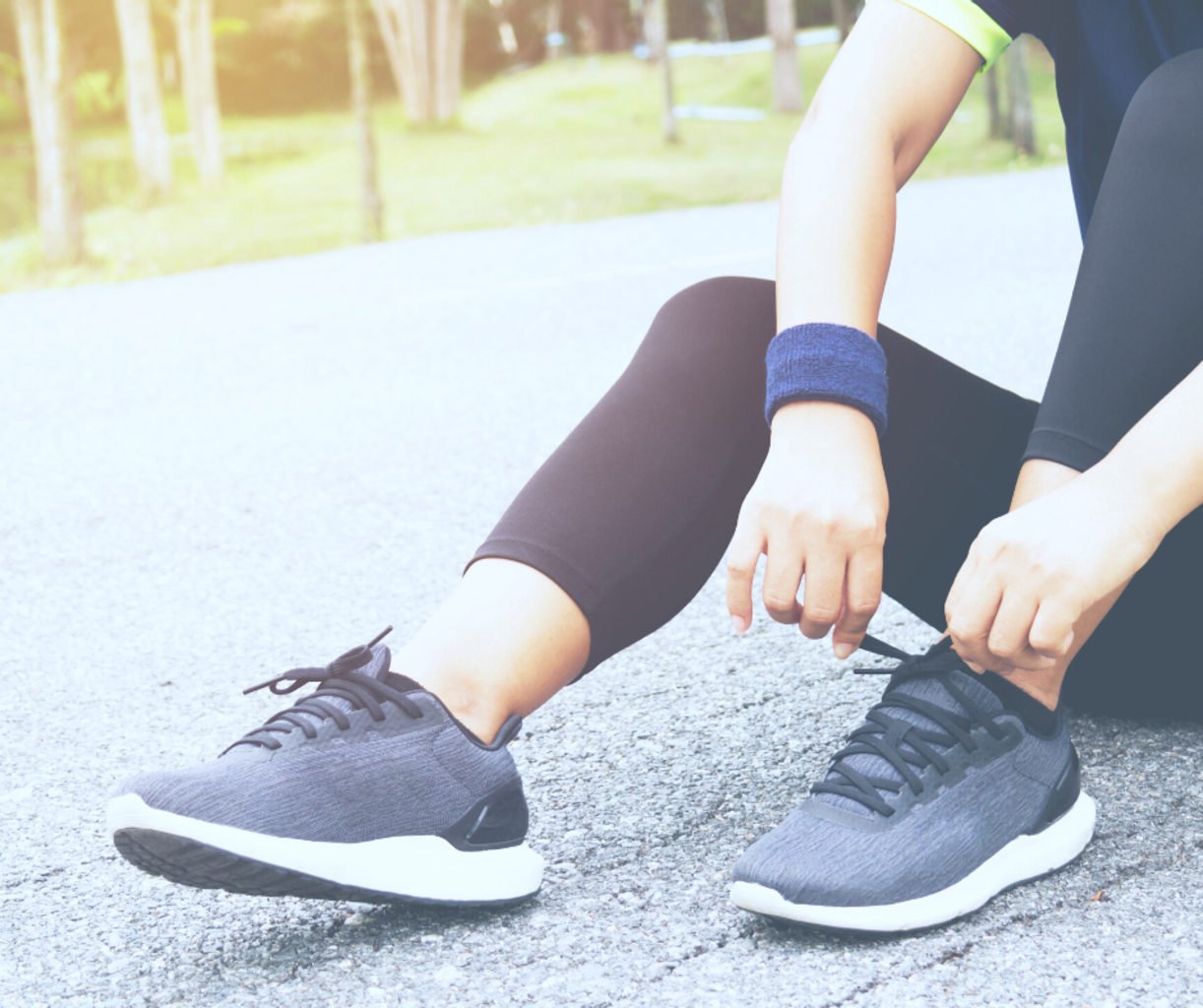This article discusses beginner exercises to start your fitness regime, ways to manage blood sugars during exercise, and some strategies to implement a fitness routine into your busy life!
Are you scrolling on Instagram seeing individuals living with diabetes exercising, walking, or playing a sport? Do you ask yourself how to prevent yourself from going low? Do you wonder what exercises you should start with at the gym? Well, I am here to provide you with some beginner exercises to get started in your fitness journey as someone living with diabetes.
For many people, the thought of entering the gym is stressful, overwhelming, or frightening. If you aren’t experiencing any of these emotions then keep doing what you are doing and possibly implement these upcoming exercises into your daily exercise regimen. For those of you feeling stressed or overwhelmed by the thought of entering the gym. Try to start by exercising at home or outside! You can find comfort and reduce your stress by exercising in your own home, at a park, or anywhere outside.
Some exercises to get started include:
- Standing to sitting squats
- Jumping jacks
- Regular crunches
- Walking lunges
- Bicycle crunches
- Arm circles for 3 minutes
- Squat pulses
- High knees
- Mountain climbers
- Walking
- Hiking
All of these exercises can be modified based on your physical ability and current strength. If these exercises look too challenging,you can tone them down. For instance, jumping jacks can be shifted to standing alternating step jacks. High knees can be shifted to non-jumping alternating knee raises. Mountain climbers can be shifted to push-up position alternating foot taps. If these exercises feel too easy, you can find methods to ramp up the intensity, or increase your reps to feel the burn.
While exercising has many benefits, it can cause hyperglycemia or hypoglycemia if your diabetes is not managed appropriately. If you tend to go lower during your exercise, try to eat a carbohydrate or snack prior to your workout. This can provide glucose for your body to burn through as you workout. This can also help prevent your blood sugar from going low. If your blood sugar tends to sky-rocket during your exercise, try injecting insulin prior to your workout or eating low-carb foods before you exercise. During high intensity exercise, the increase in adrenaline and cortisol can cause muscle glycogen stores to break down and release glucose into the bloodstream. This will spike your blood glucose levels. Personally, I inject insulin mid-way through a high intensity interval training exercise bout.
During times of extreme insulin sensitivity, focusing on physical activity that requires high-energy levels and muscle glycogen stores may be beneficial. Some of these power exercises include:
- Resistance training
- Anaerobic exercise
- Muscular endurance exercise
During times of insulin resistance, focusing on exercises that are aerobic-based and low-intensity steady state cardio may be more beneficial, since it usually does not cause an increase in adrenaline and cortisol levels, which can prevent a rise in glucose levels.
Some of these aerobic exercises include:
- Walking
- Jogging
- Cardio machines
- Pilates
- Yoga
- Barre classes
Finding what works for YOU is more important than just following exercises that you see on social media, or other ones people with diabetes perform. These are some exercise recommendations you can implement, to get started in your physical fitness routine. Exercising 3-5 times a week can boost your insulin sensitivity by about 40 percent!
Struggling to find time to exercise?
Go for a walk on your lunch break, perform standing to sitting squats, perform 50 squats in the bathroom, wake up an hour earlier to go for a walk, or take your dog on a stroll before bed! Any physical activity counts!
Don’t forget to monitor how your body reacts to different forms of exercise. Everyone reacts differently, so it’s important to know how your individual blood glucose changes.
Have any questions? Don’t hesitate to reach out to our diabetes advisors!
By Sami Parker
Type 1 Advisor, The Diabetes App
24 November 2022








